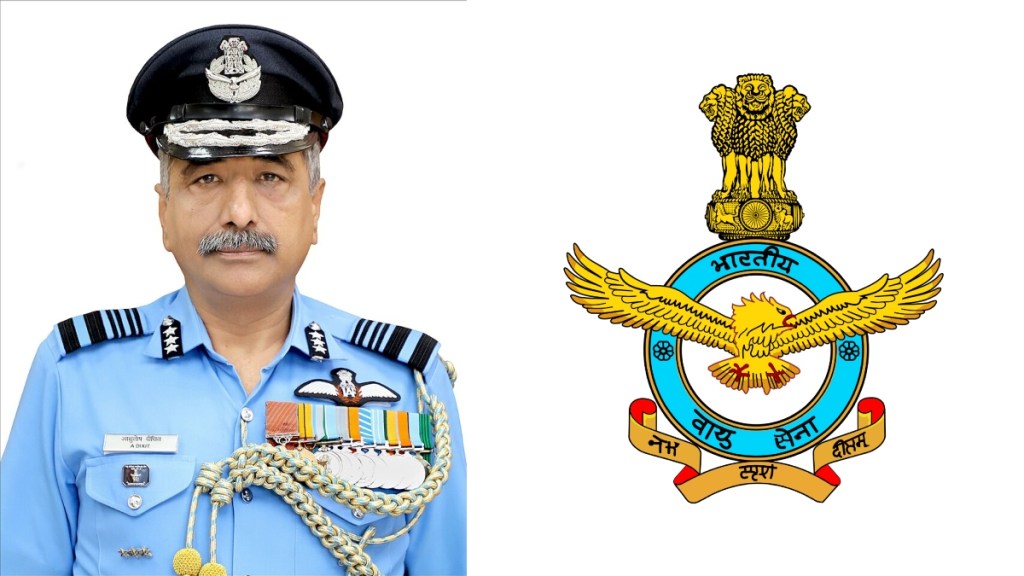The IAF has, over the years, transformed into a modern aerospace power that is capable of controlling and exploiting air and space environments in order to achieve India’s national and security objectives.
The nature of warfare, however, evolves due to considerable technological advances and environmental changes.
The air force is the technological powerhouse, driving key technologies which also impact industrial growth. The IAF remains committed to such fundamentals with applications based on artificial intelligence (AI), machine learning (ML), Quantum Key Distribution (QKD) in Space Tech, Space ISR (Hyperspectral Scanning, anomaly detection) and Anti-Satellite Capability among other advanced military technologies.
Another key aspect is the civil-miliary fusion of technologies especially in the space domain.
Under its modernization plan, the IAF has marked projects which are under the various provision of the ‘Make’ category of capital acquisition in the Defence Procurement Procedure for fostering indigenous capabilities through the design & development of required defence equipment, systems and sub-systems.
As the Deputy Chief of the Indian Air Force, Air Marshal Ashutosh Dixit, during an interaction with the author, outlines projects of such importance which open immense opportunities for Indian domestic players and defence startups.
Indigenous technology for IAF
Air Marshal Ashutosh Dixit has been leading key projects under the IAF’s strategic planning; the majority of such plan is based on the effort towards indigenization.
“All efforts by the industry towards capability development and enhancement are welcome. These would be encouraged and supported,” remarks Air Marshal Dixit.
He also emphasized that the success of such efforts is to culminate in the induction of these indigenously developed capabilities in the armed forces.
Projects under the ‘Make-I’ sub-category involve government funding of 90%, released in a phased manner and based on the progress of the scheme, as per terms agreed between MoD and the vendor.
While the projects under the ‘Make-II’ category will involve prototype development of equipment, system and platform or their upgrades, primarily for either import substitution or innovative solutions, for which no government funding will be provided for prototype development purposes.
For example, ‘under the Make-II’ IAF has called for the development of a computer defence system for Cyber Situational Awareness to Secure its own satellites from cyber-attacks.
The IAF also invites private defence entities and startups for the development of a Network Management Port (NMP) for efficient SATCOM Bandwidth Management using multiple satellites.
The space domain remains the key priority area for the IAF where the military finds critical solutions, leveraging civil space programs.
One of the key initiatives, the IAF has accorded approval for the Ultra High-Resolution Optical payloads with Edge Computing for VLEO Bus for the industry.
However, it is pertinent to note that military-grade projects require a high degree of innovation and technological advancement for a successful prototype which can withstand the rigour and standards of military needs.
The startups need to take account of such standards and work around the solutions, as Air Marshal Dixit further explained: “Once the broad capability development has been identified, along with the technological development efforts, thought should also be put to select the appropriate avenue or the method to be followed towards its acquisition for subsequent induction.”
“This will allow commitment from both sides and allocation of necessary resources,” he clarified.
Such is the case of Wearable Robotic Equipment for Aircraft Maintenance which is launched by the IAF for the Indian entities. The domestic vendor must validate the technological capability and ability to develop the system.
Similarly, drones, UCAVs and Counter Unmanned Aerial Systems have made the battlespaces a dense environment. The startups must evaluate the various avenues which are widely publicized under various schemes like the ‘Make’ category and Innovations for Defence Excellence (iDEX) challenge.
For example, the defence space project — Micropropulsion system for cubesats—was initiated under the iDEX which made quite a breakthrough by Indian space startup, InspeCity. InspeCity is developing a gas-based system for this purpose. This technology, once developed, can be integrated with other satellites, including the cubesat swarm for imagery/Intelligence Surveillance, Reconnaissance and communication purposes.


